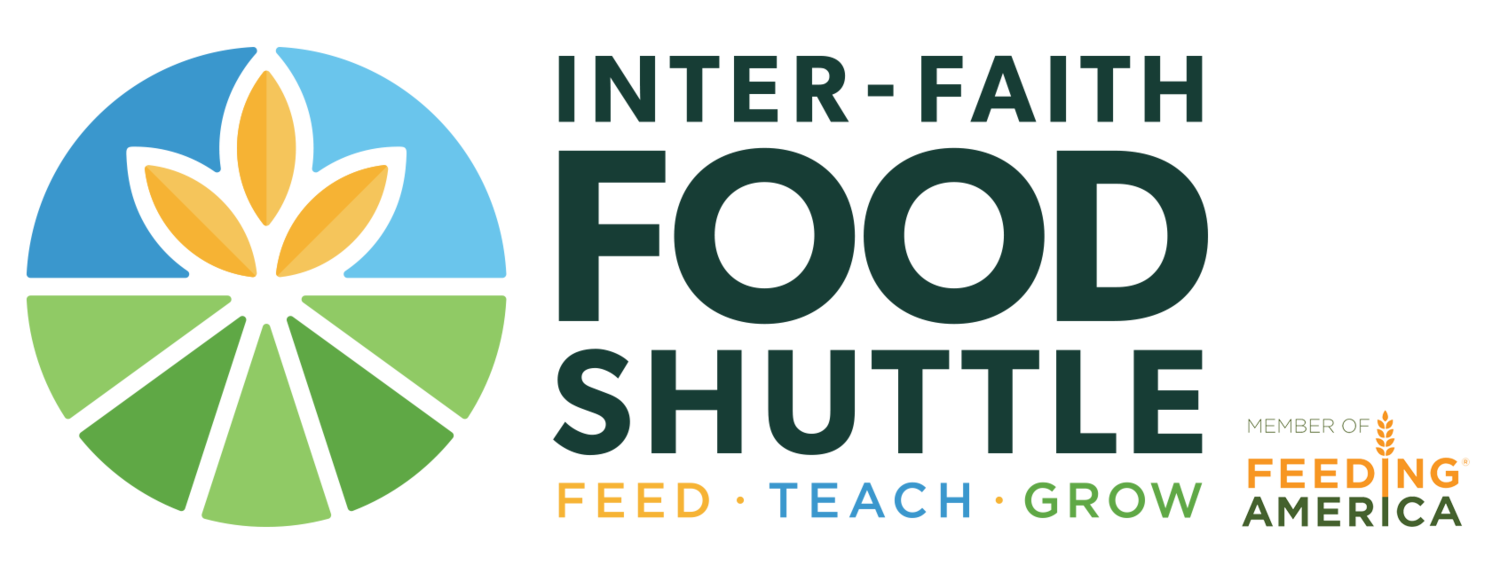1 in 5 children goes hungry in North Carolina, according to the latest 2018 Feeding America Map the Meal Gap report, an improvement over the last reported numbers in 2016 when 25% of children faced hunger.
"I know of four children who have been able to leave the BackPack Buddies program because their family situation has improved,” says Julie Cox, Food Shuttle Child Programs Manager.
“That’s the kind of change we want to see. But sadly, we've had to add almost 100 children over the course of this school year because their level of need has increased. For us working in hunger relief, we don’t feel like the need is decreasing.”
Indeed, we still have a long way to go to meet the need in our community. North Carolina ranks as the 10th hungriest state in the nation according to the USDA’s report, Household Food Security in the United States in 2016. North Carolina is also one of the 10 worst states for senior hunger with 18% of our seniors at risk. People facing hunger are falling farther behind, and the slowly improving economy is passing them by.
Hunger statistics are influenced by many factors including changes in the economy, availability of federal and state nutrition assistance programs, and the reach of community organizations focused on alleviating hunger. While our state’s economy is improving, job growth has not kept pace with population growth, and employment levels remain lower than before the Recession. The types of jobs that have been added don’t always pay a living wage. In fact, the median wage since the beginning of the recovery has actually fallen by 15 cents across the state.
Add rising costs of housing, childcare and healthcare, and the result is an increased cost of living that pushes families to the brink just to pay for their basic needs.
So, what’s the answer? It’s a tall order, but only by addressing the root causes of hunger will we shorten the lines of people who need food. We must feed people in need of food right now, and work together to build economic opportunity across the food system, focus on living wage jobs, and support affordable housing and healthcare.
With more than 600,000 people in our state going hungry–and 250,000 of those living in our service area alone—let’s declare these numbers unacceptable. Let’s Feed, Teach, and Grow a healthy, hunger-free NC.


